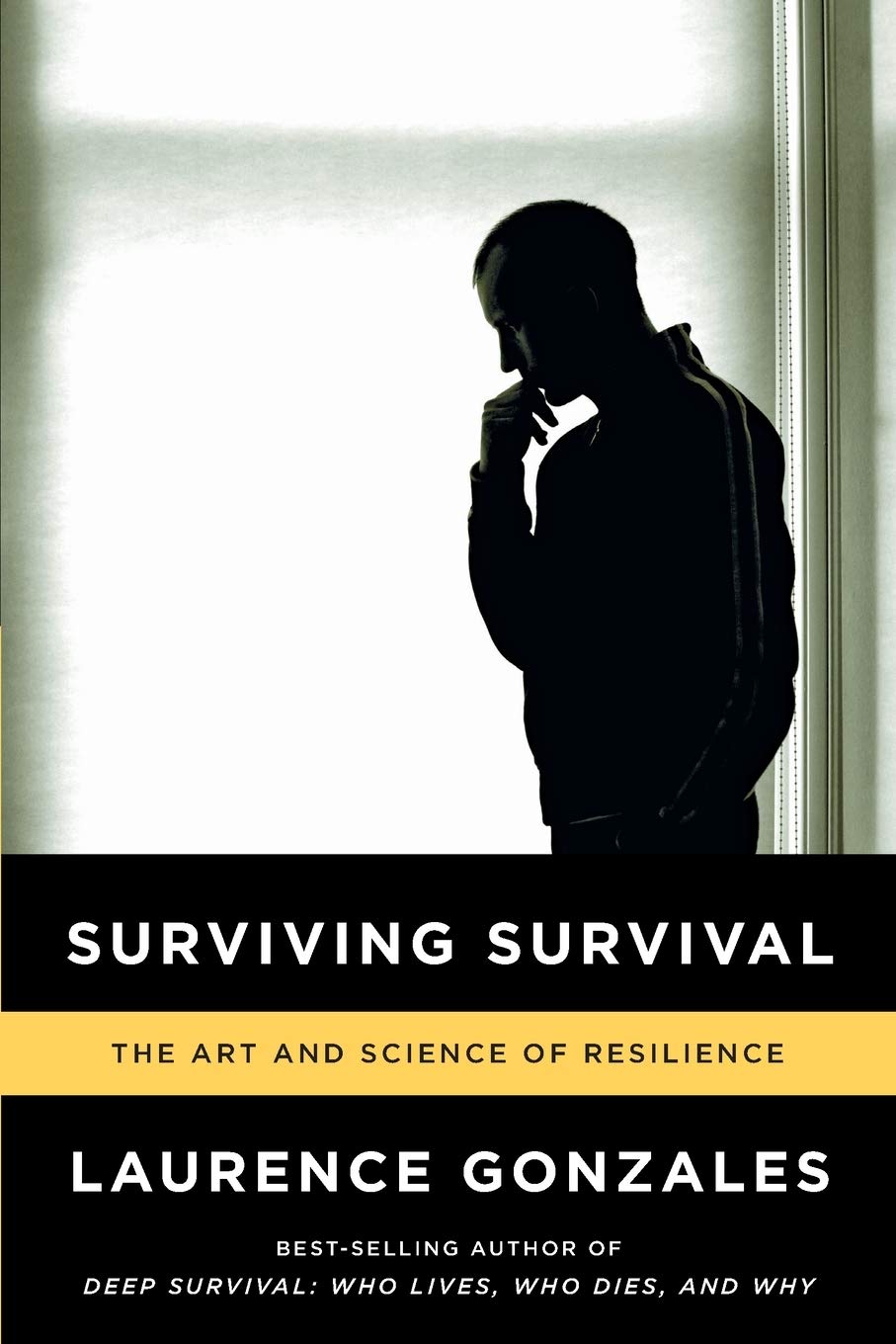Book Review: Surviving Survival
Published:
Laurence Gonzales’ Survivng Survival is a sequel to his Deep Survival. He explores the challenges of moving on from trauma through a series of case studies and offers practical advice for the reader.

Here’s the paperback and audiobook.
Utility: ⭐⭐⭐ (3/5)
At first, the book may seem like any other thriller. Although interesting, it’s hard to see why the lessons about post-traumatic resilience would apply to your life. What ar ehte chances that you’ll get mauled by a bear, or bitten by a shark? But as the book closes, Gonzales points out that (empirically,) nearly everyone will undergo a traumatic event in their lifetimes. Leading the way, he situates the lessons he teaches in the context of his own life.
Writing: ⭐⭐⭐⭐⭐ (5/5)
Gonzales is a terrific writer. The stories are gripping and beautifully told. Since so much of his argument depends on empathy with his subjects, he puts tremendous effort into imagery and character development. Among non-fiction books, Surviving Survival (and Deep Survival) are probably best-in-class at storytelling.
Notes
The end of a traumatic period is the start of a new challenge: recovery. In Petersonian fashion, Gonzales outlines 12 rules for life for building resilience:
- Want it, need it, have it. Identify who you would like be (a guitarist? a Hindi speaker? a PhD?—you choose) and pursue it passionately. Charging towards your ideal self will give you a source of joy and cultivate an internal locus of control.
- Be here now. It’s easy to go on autopilot. Instead, actively seek the fine details of life. A constant mindfulness can reveal new meaning in the mundane and dispel illusion.
- Be patient. When outcomes are likely to be far down the line, worry about what’s in front of you.
- Be tough. Suffering is inevitable. Count your blessings and better yourself. Remember that some poor schmuck out there has it worse.
- Get the small picture. Zoom in. When disaster strikes, find a small patch in your life and plant a garden. Care for that garden.
- Put things in ther place. Traumatic memories can’t be erased, but they can be organized. Ritualize your exposure to traumatic, whether it be through regular talks or exposure therapy. Try to objectively assess danger and develop strategies for addressing them.
- Work, work, work. Busy people don’t have time to worry about the past. Transforming fear and anger into action is a productive way to channel your emotions.
- See one, do one, teach one. Altruism develops a sense of power and gives you impetus to keep going. Find someone worse off than you and persist—if not for yourself, then for them.
- Touch someone. Social connections are extremely powerful ways to preserve meaning. Specifically, physical touch can reduce stress, pain, and depression.
- Be grateful. No self-pity. Even in the worst of situations, you can find something to be grateful for.
- Walk the walk. Trick yourself into recovery. Simply smiling and going about your life can restore an actual sense of normalcy.
- Life is deep; shallow up. Humor reduces fear and stress. Crying, too, can be healthy.
